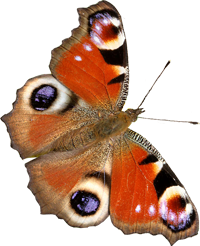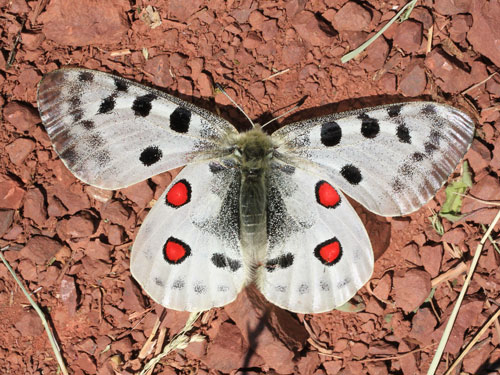
SE Serbia, June 2012
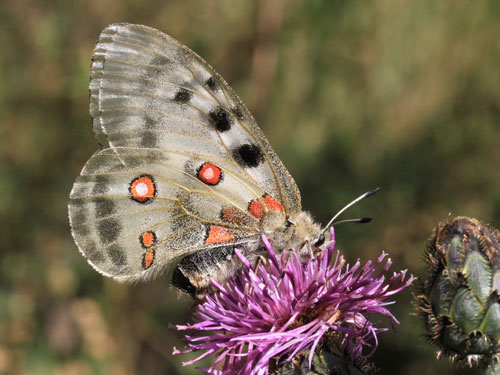
Hautes Alpes, France, August 2012
Field notes and information
This is a commonly encountered butterfly of hills and alpine meadows in mountainous regions. It is very large and conspicuous, white with bright red or sometimes orange spots
One of the amazing features of this genus (shared by some other butterflies too) is the structure called the sphragus. It is a hard structure that is deposited on the female's abdomen by the male during mating. It physically prevents the female mating a second time. See the photo below.
Identification & Similar species: Only likely to be confused with the similar small apollo, P. phoebus, which flies at mid to high levels in the Alps. The latter species has a pair of red spots near the apex of the forewing and distinctly black and white stripes compared (usually) to none or one red spot and (definitively) grey antennae.
Distribution & Flight: Hills and mountains of Spain, France, Italy, Alps, Carpathians, south Germany and Balkans. Also south Scandinavia (not Denmark), south Poland and Slovakia. Widespread in many places but can be rare in some of the less extensive mountain ranges.
It flies in a single brood from late April to August and possibly into September. Amazingly my earliest record is from the 27th April at around 1000m in Valais, Switzerland. I've found as low as 600m in Switzerland and France in early May. Generally though the species flies in the mountains from June until August according to altitude.
Habitat & Behaviour: Diverse but always in hills and mountains. Dry grassy/ scrubby hills in the Mediterranean region. Vineyards, dry and damp meadows to high alpine grasslands. It flaps lazily over flowery meadows. It will crash into flowers rather thanb land on them before starting to feed avidly. Can often be easily approached when feeding, even allowing itself to be pushed around with a finger without interupting its meal.
Variation: It is very variable across its range and many subspecies have been described, many of which are no more than local forms adjusted to local conditions. Usually this manifests itself in the colour (reds and yellows), size and extent of the spots on the hindwing. It is more likely that there are genuine subspecies when compared between mountain ranges that are isolated from one another (e.g. Alps and Pyrenees) rather than within them. The taxonomic status of these populations is subject to debate.
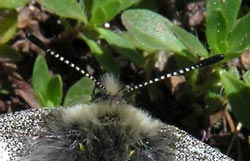
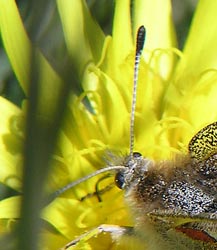
Differentiating between Apollo and Small Apollo (P. apollo, P. phoebus). Antennae of P. phoebus are strongly marked black/ white, P. apollo has weakly marked grey stripes.
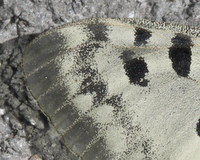
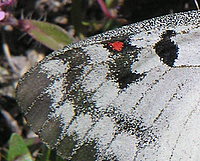
Differentiating between the apollo and the small apollo (P. apollo, P. phoebus). Presence of red near the apex of forewing in P. phoebus. This is may be present in some P. apollo although this is unusual.
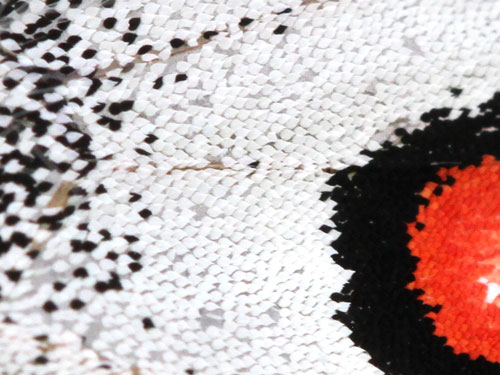
Valais, Switzerland, May 2014
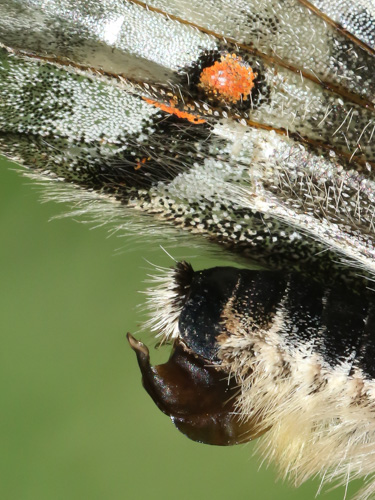
Valais, Switzerland, June 2019
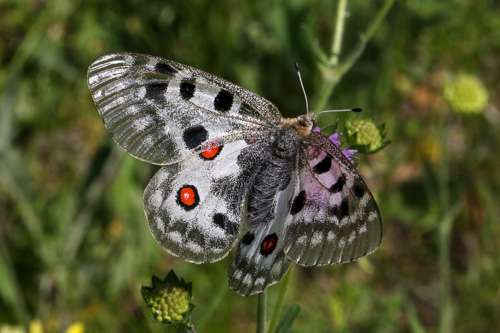
Valais, Switzerland, June 2017
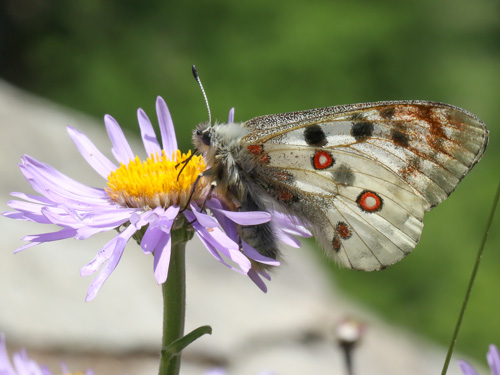
Valais, Switzerland, June 2019
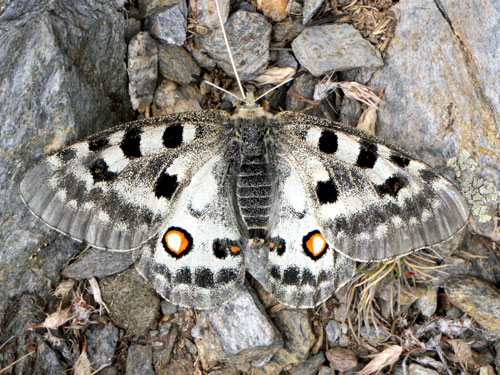
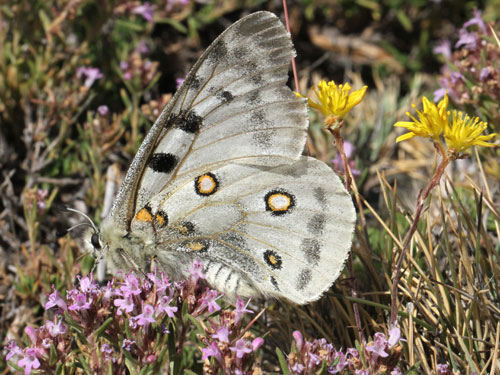
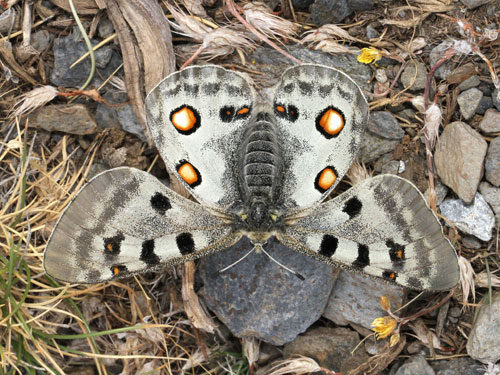
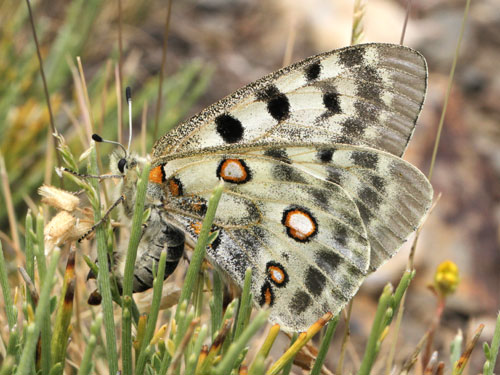
Sierra Nevada, Spain, July 2013
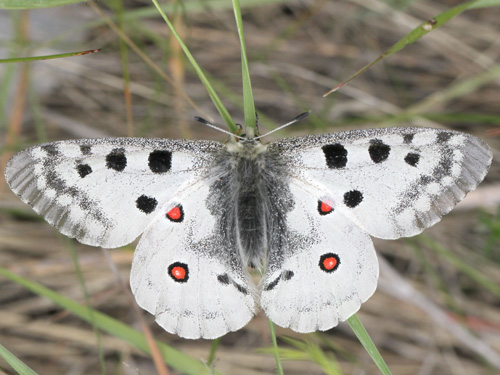
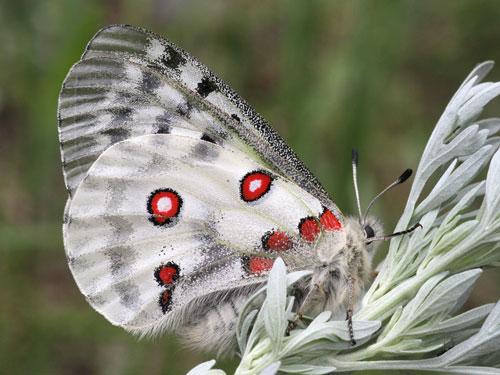
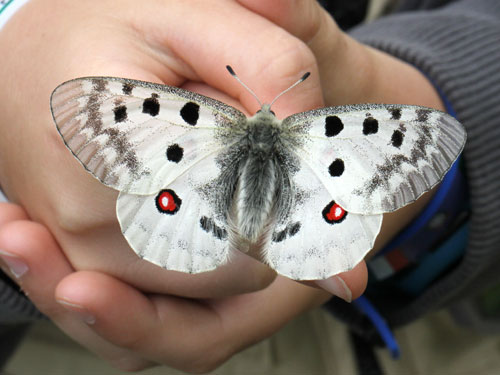
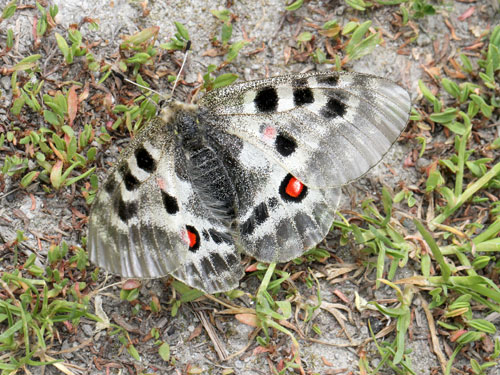
Valais, Switzerland, May 2014
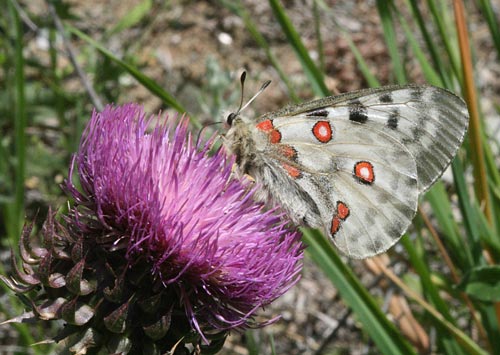
Valais, Switzerland, May 2007
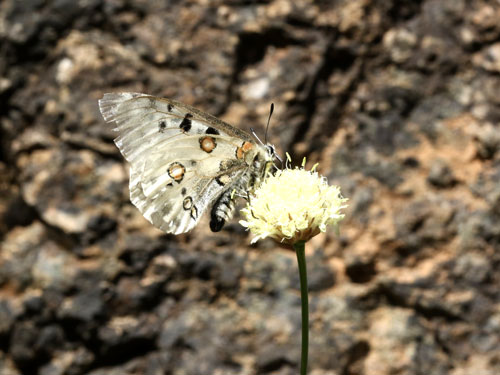
Albania, July 2016
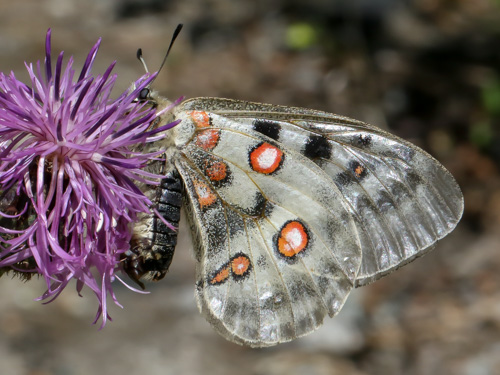
Valais, Switzerland, July 2020
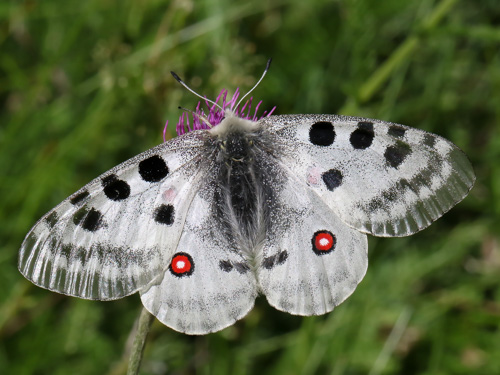
Valais, Switzerland, July 2020
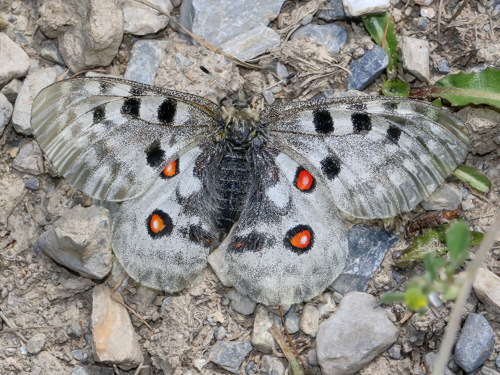
Valais, Switzerland, July 2020
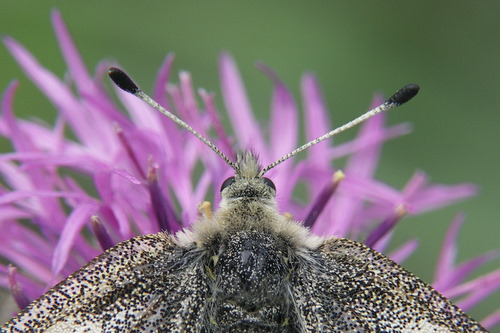
Rather uniform grey antennae indicate the current species.
